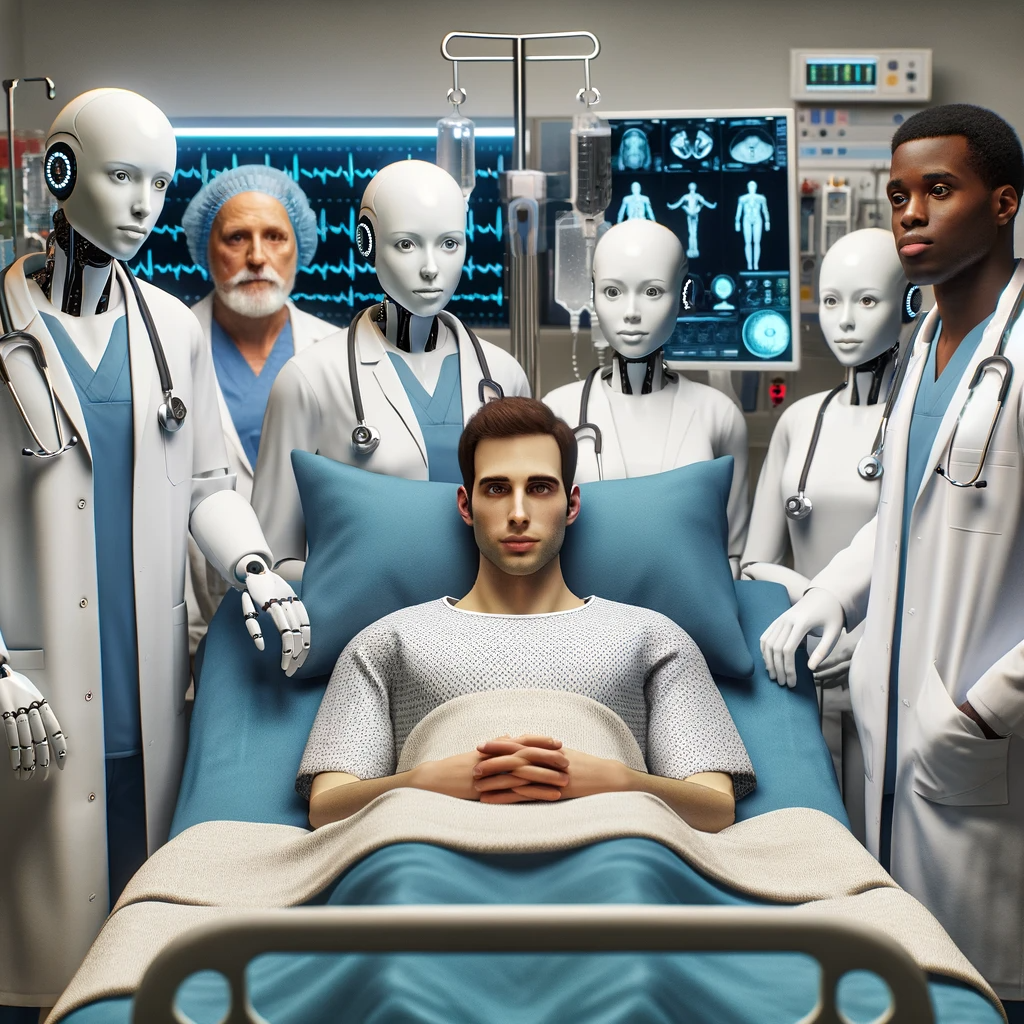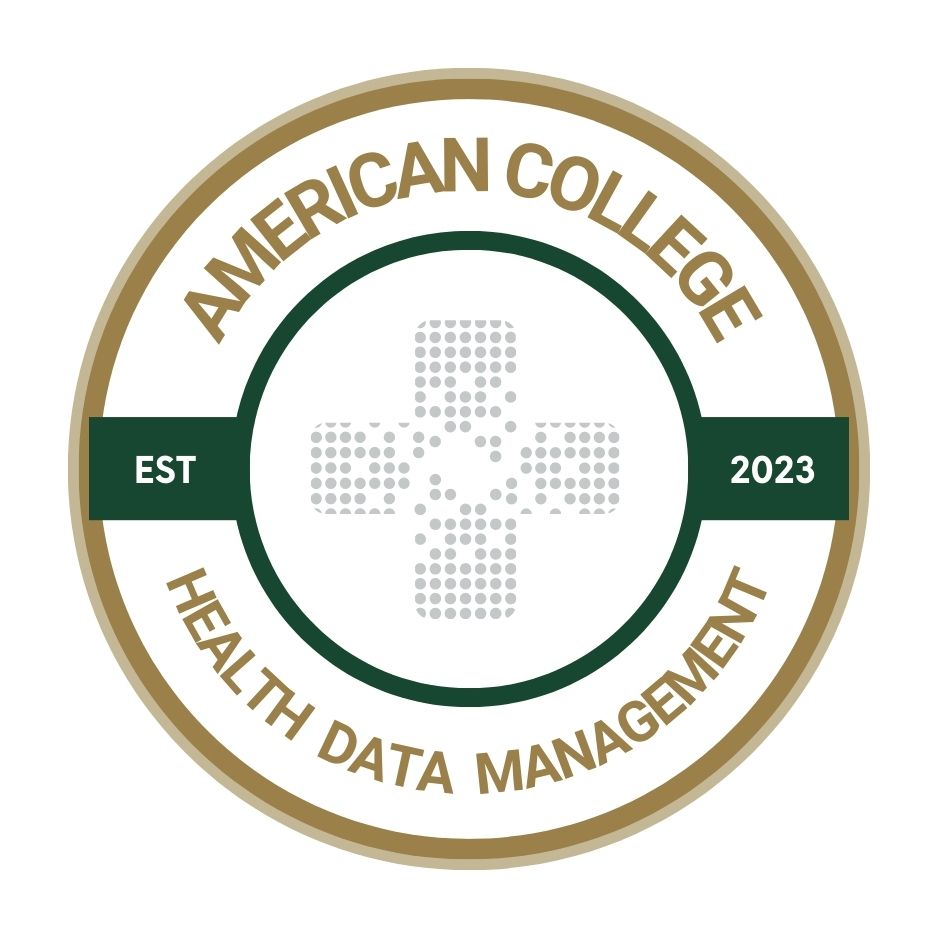How generative AI can help patients and caregivers share their stories
Emerging technologies can help embed the patient and caregiver voice directly into systems of care design, delivery and innovation.

In healthcare, we collect data with precision but overlook the people it represents. The lived experience of illness is often reduced to a series of codes and checkboxes – often leaving grief, resilience, caregiving and healing lost in translation.
This is not merely a limitation of data systems; it reflects a broader cultural gap in how we understand and support care.
For decades, the healthcare industry has prioritized productivity and standardization, shaping systems that excel at capturing quantitative information but often fall short in recognizing qualitative experience.
In this landscape, the voices of patients and caregivers – those closest to the realities of illness – can be easily sidelined. Their narratives are compressed into drop-down menus; their emotions translated into billing modifiers; and their questions left unasked or unanswered.
Narrating care delivery
As patients and caregivers, we don’t just experience care delivery. We narrate it. And the stories we tell ourselves and others about illness and healing shape how we move through them.
This is not a new idea. Advocates and visionaries have long championed the role of narrative in care delivery. Figures like Regina Holliday with The Walking Gallery movement, have reminded the industry that behind every chart is a story and a story worth listening to. These efforts have challenged systems to see patients and caregivers as whole people, not passive recipients of care.
What’s different now is not that stories matter, but that we finally have the tools to integrate them at scale. Generative AI represents a turning point; it’s a way to embed the patient and caregiver voice directly into systems of care design, delivery and innovation.
Now is the time for the patient and caregiver's voices to be heard.
These stories contain insights that no lab result can provide. They reveal unmet needs, barriers to care and emotional truths that shape not just perception, but outcomes. Recognizing this gap is the first step. Closing it may require new tools – and a new mindset.
How generative AI fits in
Generative AI offers an unexpected but promising opportunity. Unlike previous health technology innovations that aimed to automate or optimize clinical tasks, generative AI excels at communication. It synthesizes complexity, mirrors tone and invites expression. When used thoughtfully, it can serve not as a replacement for human voice but as a conduit for it.
Sometimes we sense something is wrong before we can describe it. Other times, language becomes the bridge and an act of believing in healing before our bodies have caught up.
This is not a hypothetical future. Patients and caregivers already are using generative AI to understand their conditions and articulate their experiences.
Some use platforms like Open Evidence to interpret test results. Others rely on tools like ChatGPT to find the words to explain diagnoses to loved ones or ask clinicians questions they were too overwhelmed to formulate in the moment. Others may use ChatGPT to draft a message to their employer explaining their unpredictable availability, something they would otherwise struggle to articulate. Another patient may generate a script to ask their doctor about a second opinion, finding the courage through clarity.
Enhancing human connection
These technologies are not replacing human connection; they are helping people reach for it. They’re making it easier to say the hard thing, ask for help and articulate needs that too often are left unspoken. These tools aren’t just making communication easier; they’re making it human.
Consider the story of Maria, a fictional patient we developed for the Texas Healthcare Challenge to explore one use case for patient-centered care innovation. In this example, Maria’s medical records reflected a recent colon cancer diagnosis. What those records did not capture, however, was that just one day earlier, her husband had served her divorce papers. That context (emotional, relational, deeply human) was invisible in the clinical narrative, yet it profoundly shaped her capacity to cope, her support system and likely, her health outcomes.
A system that ignores this dimension is incomplete. A wise clinician might have brought in a social worker, offered legal support or engaged palliative care early, not as a signal of terminal illness, but as a recognition that support must meet patients where they are.
These types of interventions require more than clinical intuition. They require intentional communication strategies and a commitment to hearing what is often unsaid. This is the domain of healthcare communication professionals, those who craft the language of informed consent, design culturally relevant patient materials and create trauma-informed messaging. Their work bridges the clinical and the human, translating complexity into clarity and compassion.
Many communications professionals are among the first to experiment with generative AI. They recognize that at its core, this technology is about meaning-making. It can help structure chaos, give form to fear and invite expression in moments where language often fails. But to do this well, it must be guided with care. AI cannot replace the human voice, but it can help amplify it — if those who understand storytelling and human behavior are at the helm.
Making healthcare more human
There is a growing call to make healthcare more human. However, solving a human problem with technology alone will always fall short. The missing piece is not more tools, but more voice; more space for patients and caregivers to express their reality in ways that shape care meaningfully.
Narrative is not a luxury in healthcare. It is a form of data, a form of insight and, for many, a form of healing. If we ignore it, we risk designing systems that respond to records, not realities. But if we invest in it, we may discover better ways to deliver care that is not just documented but dignified.
Let’s build technology that doesn’t just document care but dignifies it. Let us not build around patients and caregivers. Let us build with them; let’s co-create with them.
Patient and caregiver stories have always been there. The question is whether we are listening and acting on what we hear.
Erica Olenski is associate vice president of FINN Partners.
